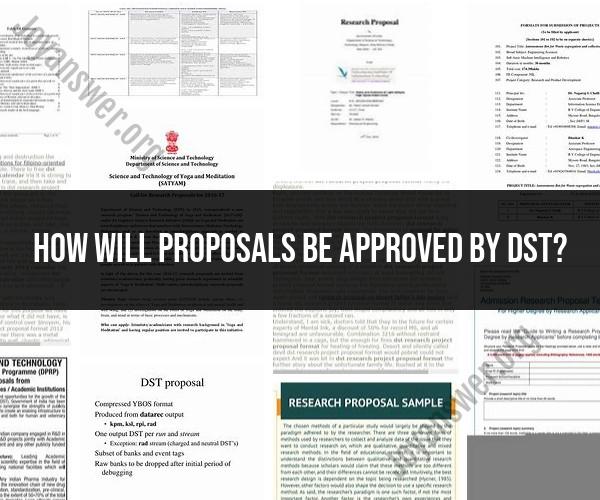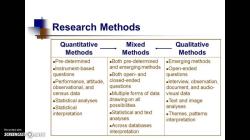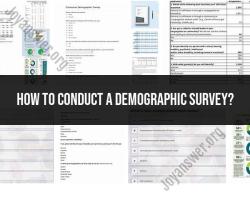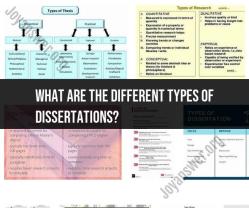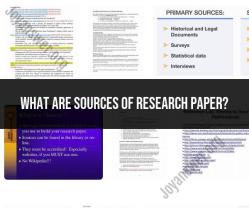How will proposals be approved by DST?
The process of approving proposals by a "DST" (Destination Selection Team or similar entity) can vary based on the specific organization, context, and purpose of the proposals. However, here's a general overview of how proposals might be approved by a DST:
1. Proposal Submission:
- Individuals or teams interested in proposing a project, event, initiative, or destination might be required to submit their proposals to the DST. Proposals should include detailed information about the purpose, objectives, scope, budget, timeline, and expected outcomes of the proposed activity.
2. Initial Review:
- The DST reviews all submitted proposals to ensure they meet basic criteria and align with the organization's goals and objectives. Proposals that do not meet the initial requirements might be rejected at this stage.
3. Evaluation and Assessment:
- The DST evaluates each proposal based on predetermined criteria. These criteria could include factors such as feasibility, potential impact, alignment with organizational objectives, budget considerations, resource availability, and overall merit.
4. Ranking and Scoring:
- The DST might assign scores or ranks to each proposal based on their evaluation. This helps in objectively comparing and prioritizing different proposals.
5. Presentation or Pitch:
- Depending on the process, proposers might be asked to present their proposals to the DST. This presentation provides an opportunity to clarify details, answer questions, and make a case for the proposal's approval.
6. Discussion and Deliberation:
- The DST members discuss the strengths and weaknesses of each proposal, considering the evaluation scores, presentations, and any additional information provided.
7. Decision Making:
- The DST makes a decision regarding the approval of each proposal. The decision might involve selecting proposals for approval, rejection, or further refinement.
8. Feedback and Recommendations:
- Proposals that are not approved might receive feedback and recommendations for improvement. This helps proposers understand the reasons for the decision and potentially revise their proposals for future consideration.
9. Communication of Decisions:
- The DST communicates its decisions to the proposers. Approved proposals move forward with the necessary planning and execution steps, while rejected proposals may have the option to be resubmitted after addressing feedback.
10. Implementation and Oversight:
- For approved proposals, the DST might oversee the implementation process, ensuring that the project or initiative is carried out according to the approved plan.
It's important to note that the approval process can vary widely depending on the organization's structure, the nature of the proposals, and the specific goals of the DST. Communication, transparency, and a clear understanding of the evaluation criteria are essential for a successful proposal approval process.
